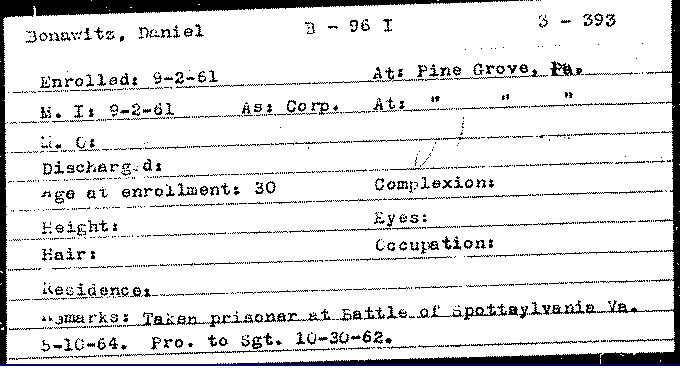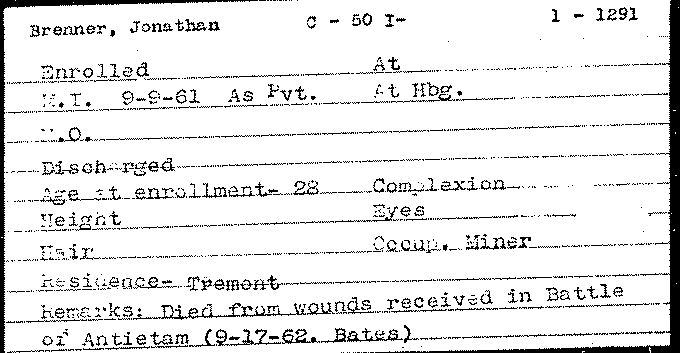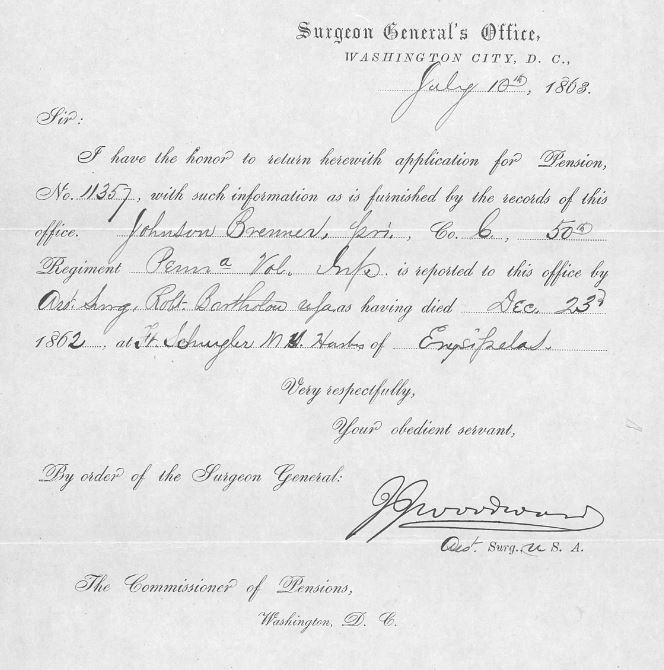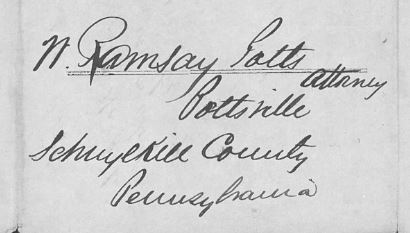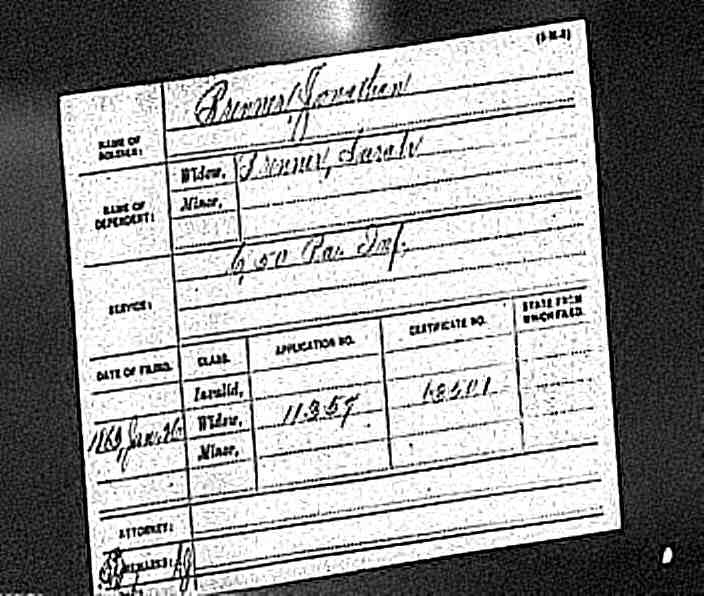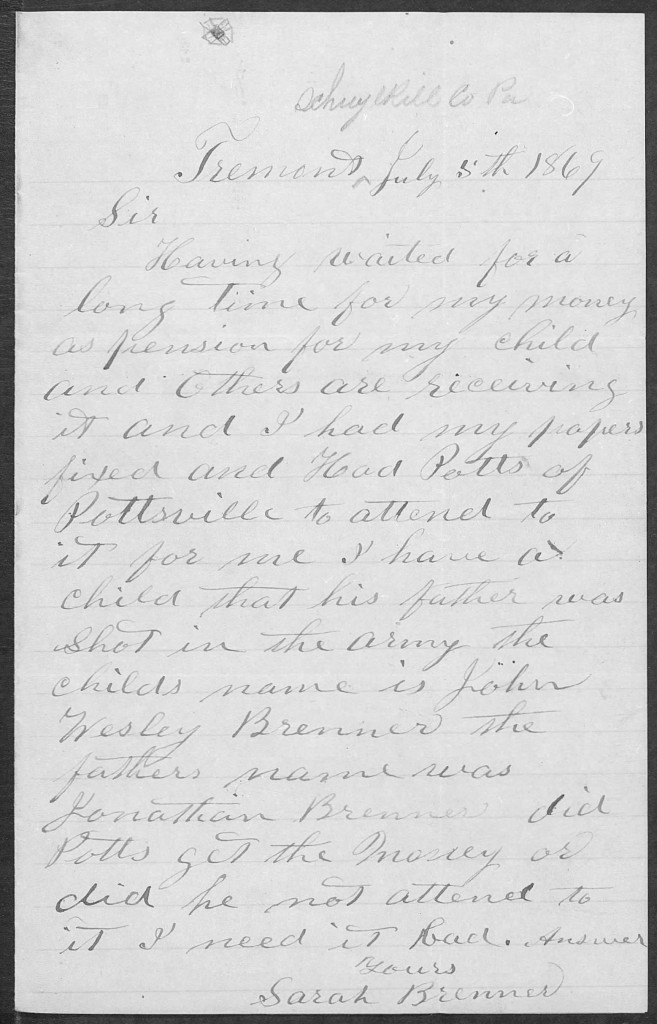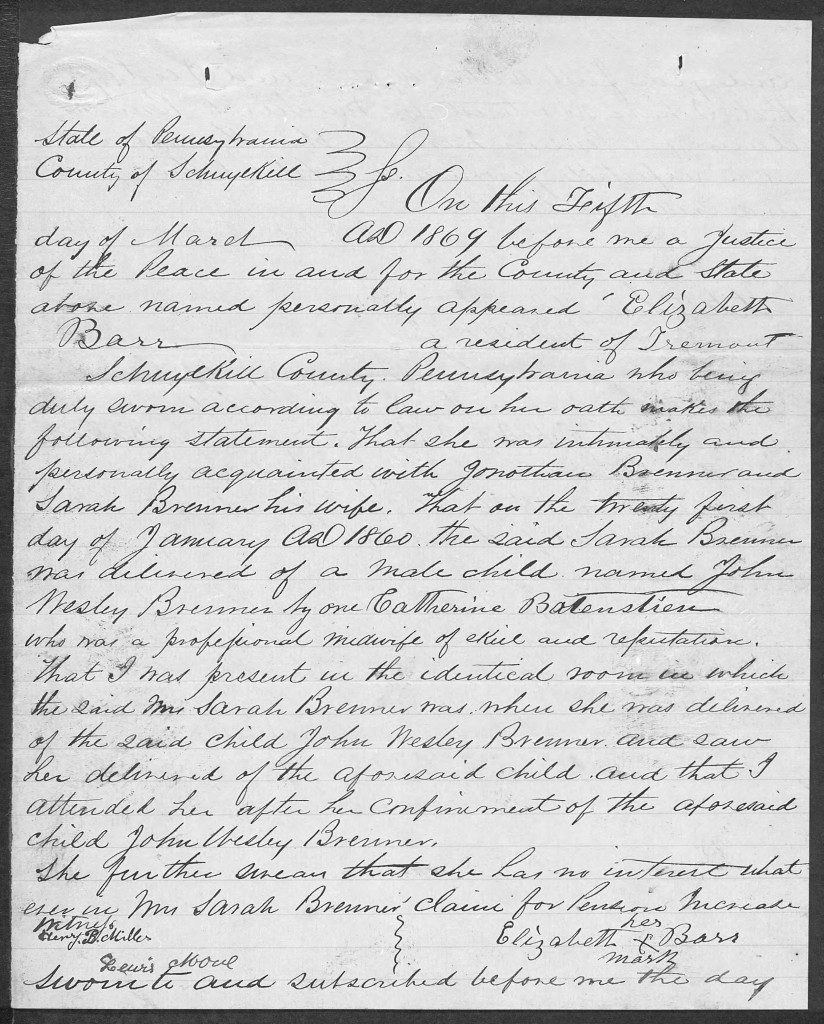Posted By Norman Gasbarro on May 11, 2013
The Gratz Historical Society has a collection of compiled and original copies of records from most of the churches in the Lykens Valley area. One of the most useful sets of book is the nine-volume edition of Dauphin County Church Records.
These volumes contain a variety of records for the indicated churches, including birth and baptisms (giving dates and the names of parents and sponsors), confirmations, communicants, deaths (funerals and burials), marriages (name of groom and maiden name of bride), and the names of ministers.
Today’s post includes the complete table of contents of the 9 volumes, with the names of the churches, locations, and the date ranges of the records available in the 9 volumes (see below).
Church records are invaluable for researching Civil War veterans and their families. Nearly all of the war veterans were members of churches and their names and the names of members of their families can be found in the records, many times in multiple places. Church records are acceptable proof of births and marriages which are needed for those applying to patriotic societies where descent must be documented.
Table of Contents of Each of the Nine Volumes:
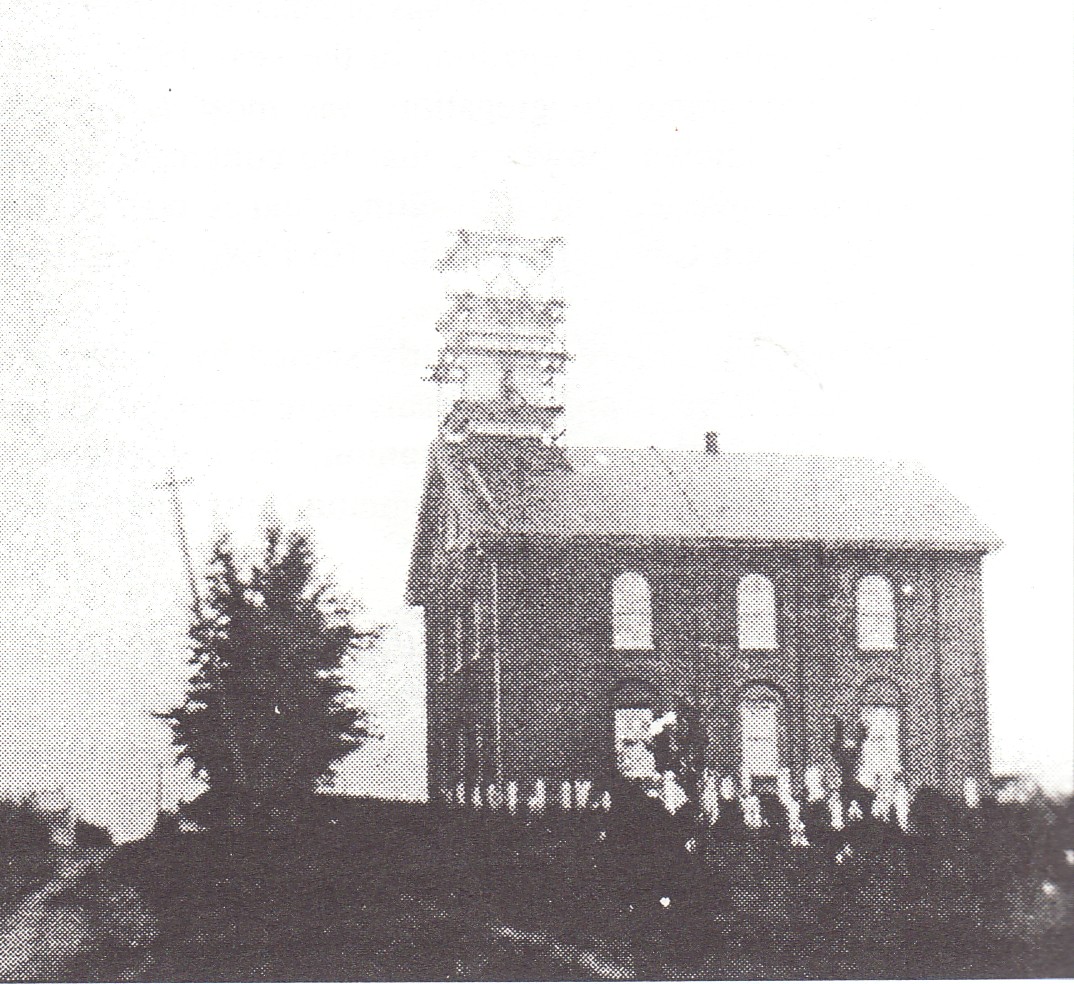
Simeon Lutheran Church, c. 1883.
Parish Register, 1889-1950 is found in Volume 1.
VOLUME 1:
St. Peter’s Reformed Church (Hoffman’s Church), Lykens Township, Dauphin County, Pennsylvania. Records, 1781-1937. Prepared by Paul H. Noll, Harrisburg Chapter, Daughters of the American Revolution, Harrisburg, Pennsylvania, 1956. Index.
Simeon Lutheran Church, Gratz, Dauphin County, Pennsylvania. Parish Register, 1889-1950. Prepared by Lutheran Theological Seminary, Gettysburg, Pennsylvania, 1969. Index.
St. Matthew’s Evangelical Lutheran Church (Coleman’s Church), Lykens Township, Pennsylvania. Parish Records, 1871-1966. Prepared by Lutheran Theological Seminary, Gettysburg, Pennsylvania, 1970. Index.
Zion Lutheran and Reformed Church (Klinger’s Church), Erdman, Lykens Township, Dauphin County, Pennsylvania. Baptisms, 1787-1874. Prepared by Lutheran Theological Seminary, Gettysburg, Pennsylvania, 1970. Index.
VOLUME 2:
Zion Evangelical Lutheran Church, Lykens Borough, Dauphin County, Pennsylvania. Parish Register, 1853-1933. Prepared by Lutheran Theological Seminary, Gettysburg, Pennsylvania, 1970. Index.
St. John’s Lutheran Church, Lykens Borough, Dauphin County, Pennsylvania. Parish Register, 1873-1942. Unknown preparer, no date. Index.
VOLUME 3:
St. John’s Evangelical Lutheran Church (The Hill Church), south of Berrysburg, in Mifflin Township, Dauphin County, Pennsylvania. Records, 1780-1830. Prepared by Paul H. Noll, Works Project Administration (W.P.A.), Pennsylvania Historical Survey, Sunbury, Northumberland County, Pennsylvania, 1941. Index.
St. John’s Evangelical Lutheran Church (The Hill Church), south of Berrysburg, in Mifflin Township, Dauphin County, Pennsylvania. Parish Records, 1780-1888. Prepared by Lutheran Theological Seminary, Gettysburg, Pennsylvania, no date.
VOLUME 4:
Salem Reformed Church (Killinger’s Church), near Berrysburg, in Mifflin Township, Dauphin County, Pennsylvania (the Lykens Valley “Mother Church”). Parish Records,, 1774-1847. Prepared by Rev. A. S. Leiby, Pen Argyl, 1947.
Salem Union Church, Berrysburg, Dauphin County, Pennsylvania. Records, 1844-1939. Prepared by Lutheran Theological Seminary, Gettysburg, Pennsylvania, 1967. Index.
Zion Evangelical Lutheran Church, Pillow, Dauphin County Pennsylvania. Parish Records, 1830-1958. Prepared by Lutheran Theological Seminary, Gettysburg, Pennsylvania, 1970. Index.
Salem Evangelical Lutheran Church, Elizabethville, Dauphin County, Pennsylvania. Parish Registers, 1889-1964. Prepared by Lutheran Theological Seminary, Gettysburg, Pennsylvania, 1971. Index.
VOLUME 5:
St. Paul’s Evangelical Lutheran Church, Millersburg, Dauphin County, Pennsylvania. Parish Registers, 1890-1961. Prepared by Lutheran Theological Seminary, Gettysburg, Pennsylvania, 1969. Index.
Salem Evangelical Lutheran Church (Werth’s Church), Killinger, Upper Paxton Township, Dauphin County, Pennsylvania. Parish Records, 1770-1859. Prepared by Rev. A. S. Leiby, Pen Argyl, 1947.
Salem Evangelical Lutheran Church (Werth’s Church), Killinger, Upper Paxton Township, Dauphin County, Pennsylvania. Parish Records, 1770-1859. Prepared by Rev. A. S. Leiby, Pen Argyl, 1947, revised and edited by Rev. Frederick S. Weiser, Gettysburg, Pennsylvania, 1966. Index.
VOLUME 6:
St. Jacob’s Lutheran Congregation (Miller’s Church), Jackson Township, Dauphin County, Pennsylvania. Parish Records, 1869-1965. Prepared by Lutheran Theological Church Seminary, Gettysburg, Pennsylvania, 1968. Index.
Fisherville Lutheran Charge: (1) St. Peter’s Lutheran Church (Fetterhoff’s Church), south of Fisherville, Halifax Township, Dauphin County, Pennsylvania. (2) Zion Lutheran Church (Straw’s Church), near Enders, Jackson Township, Dauphin County, Pennsylvania. (3) Bowerman’s Lutheran Church, b, Wayne Township, Dauphin County. Parish Register, 1895-1965. Prepared by Lutheran Theological Seminary, Gettysburg, Pennsylvania, 1971.
St. James Union Church, Carsonville, Jefferson Township, Dauphin County, Pennsylvania. Records, 1857-1934. Prepared by Cornelius E. Koppenheffer, Emporium, 1965. Index.
Zion Lutheran and Reformed Church (Straw’s Church), Enders, Jackson Township, Dauphin County, Pennsylvania. Records, 1845-1922. Prepared by Cornelius E. Koppenheffer, Emporium, 1965. Index..
St. Peter’s Lutheran Church and United Church of Christ (Reformed), Halifax Township, Dauphin County, Pennsylvania. Records, 1788-1903. Prepared by Cornelius E. Koppenheffer, Emporium, 1967. Index.
VOLUME 7:
Zion Evangelical Lutheran Church, Hummelstown, Dauphin County, Pennsylvania. Parish Records, 1766-1941, including records of St. Peter’s Evangelical Lutheran Church, Middletown, 1781-1788. Prepared by Lutheran Theological Seminary, Gettysburg, Pennsylvania, 1968.
VOLUME 8:
Records of Rev. E. S. Brownmiller of Union Deposit, South Hanover Township, Dauphin County Pennsylvania, including Wenrich’s Lutheran Church, Sand Hill Lutheran Church and Sand Hollow Lutheran Church. Baptisms and Marriages, 1876-1881, with Record of Cemetery at Wenrich’s Reformed Church, Lower Paxton Township, Dauphin County, Pennsylvania (a Union Church at one time).
Rev. George H. Martz. Records, Harrisburg, 1856-1869. Records, Lebanon, 1880, 1882-1887. Pastoral Acts at the Following Lutheran Churches: Mt. Zion Lutheran Church, Swatara; Shoop’s Lutheran Church, Dauphin County. Prepared by Mrs. Chester E. Shirk, Harrisburg Chapter, Daughters of the American Revolution, no date. Index.
Wenrich’s Reformed Church (now St. Thomas United Church of Christ), Lower Paxton Township, Dauphin County, Pennsylvania. Cemetery Record and Baptisms, 1791-1938. Prepared by Nevin Moyer and Earle W. Lingle, no date. Indexes.
St. Peter’s Evangelical Lutheran Church, Middletown. Parish Records, 1794-1859. Prepared by Lutheran Theological Seminary, Gettysburg, Pennsylvania, no date. Index.
VOLUME 9:
Zion Lutheran Church, Harrisburg, Dauphin County, Pennsylvania. Baptisms, 1795-1816, in Harrisburg and Elsewhere in Dauphin County. Preparer not given, no date.
Market Square Presbyterian Church, Harrisburg, Dauphin County, Pennsylvania. Marriages, 1819-1869. Prepared by Mrs. Chester E. Shirk, Harrisburg Chapter, Daughters of the American Revolution, 1948. Index.
Salem Reformed Church, Harrisburg, Dauphin County, Pennsylvania. Baptisms, 1790-1854. Confirmations, 1808-1836. Marriages, 1791-1850. Burials, 1808-1855. Prepared by Harrisburg Chapter, Daughters of the American Revolution, 1947. Indexes.
Category: Resources |
3 Comments »
Tags: Berrysburg, Carsonville, Elizabethville, Enders, Enterline, Erdman, Fisherville, Gratz Borough, Halifax, Halifax Township, Jackson Township, Jefferson Township, Killinger, Lykens Borough, Lykens Township, Mifflin Township, Millersburg, Pillow, Upper Paxton Township
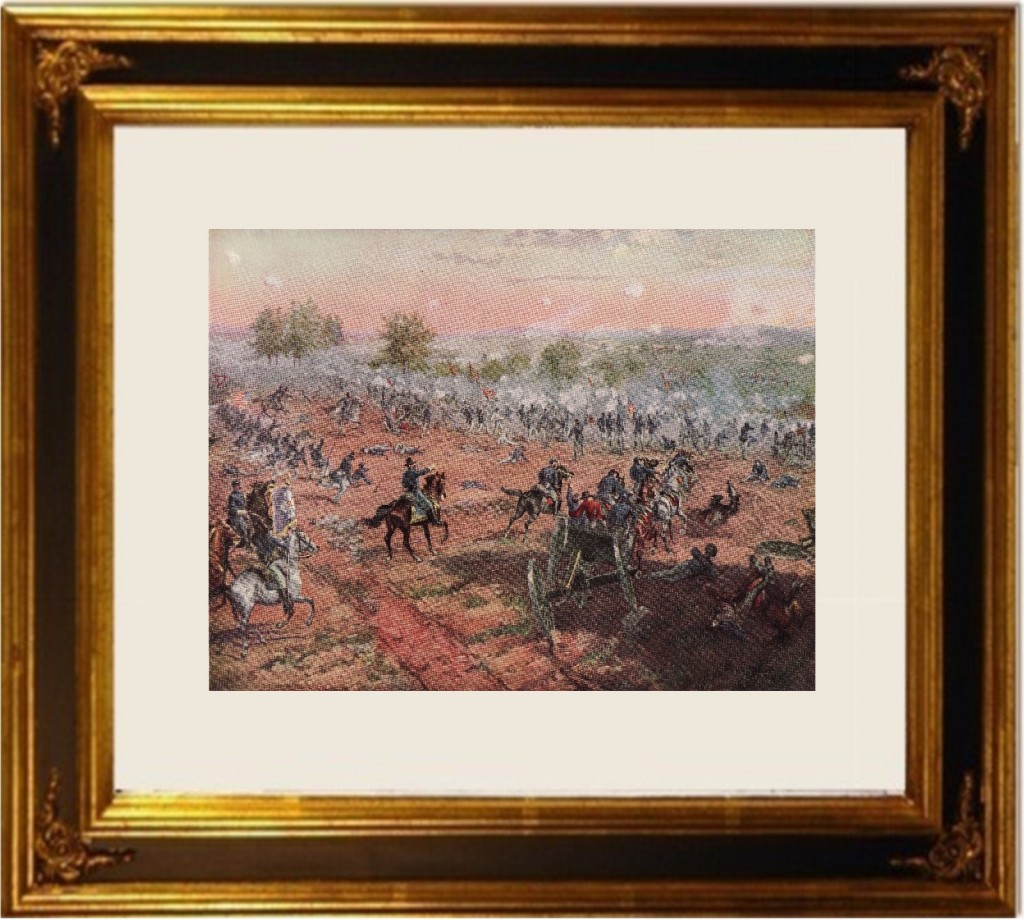
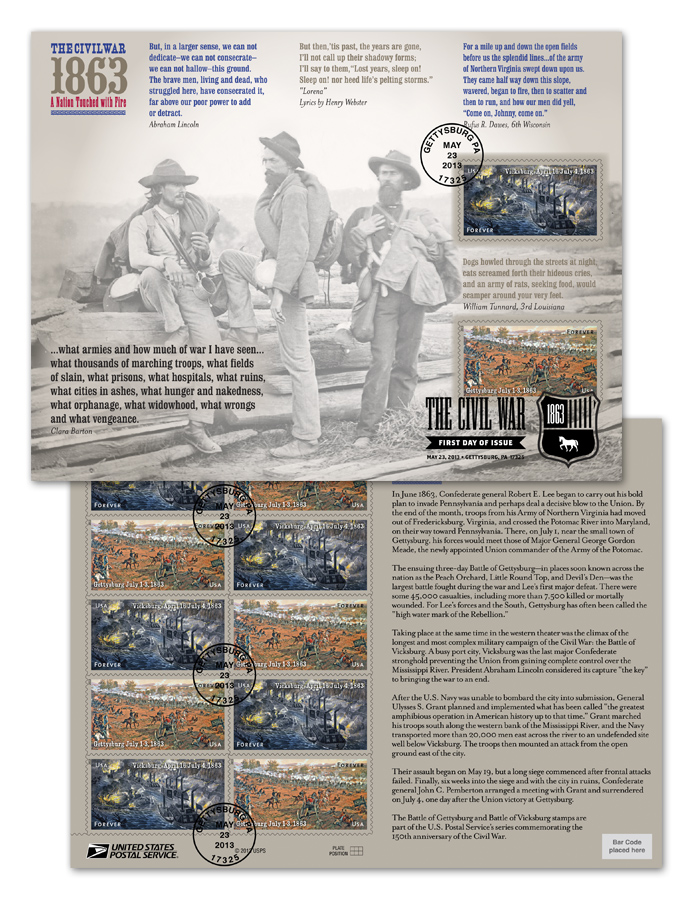
 ;
;

